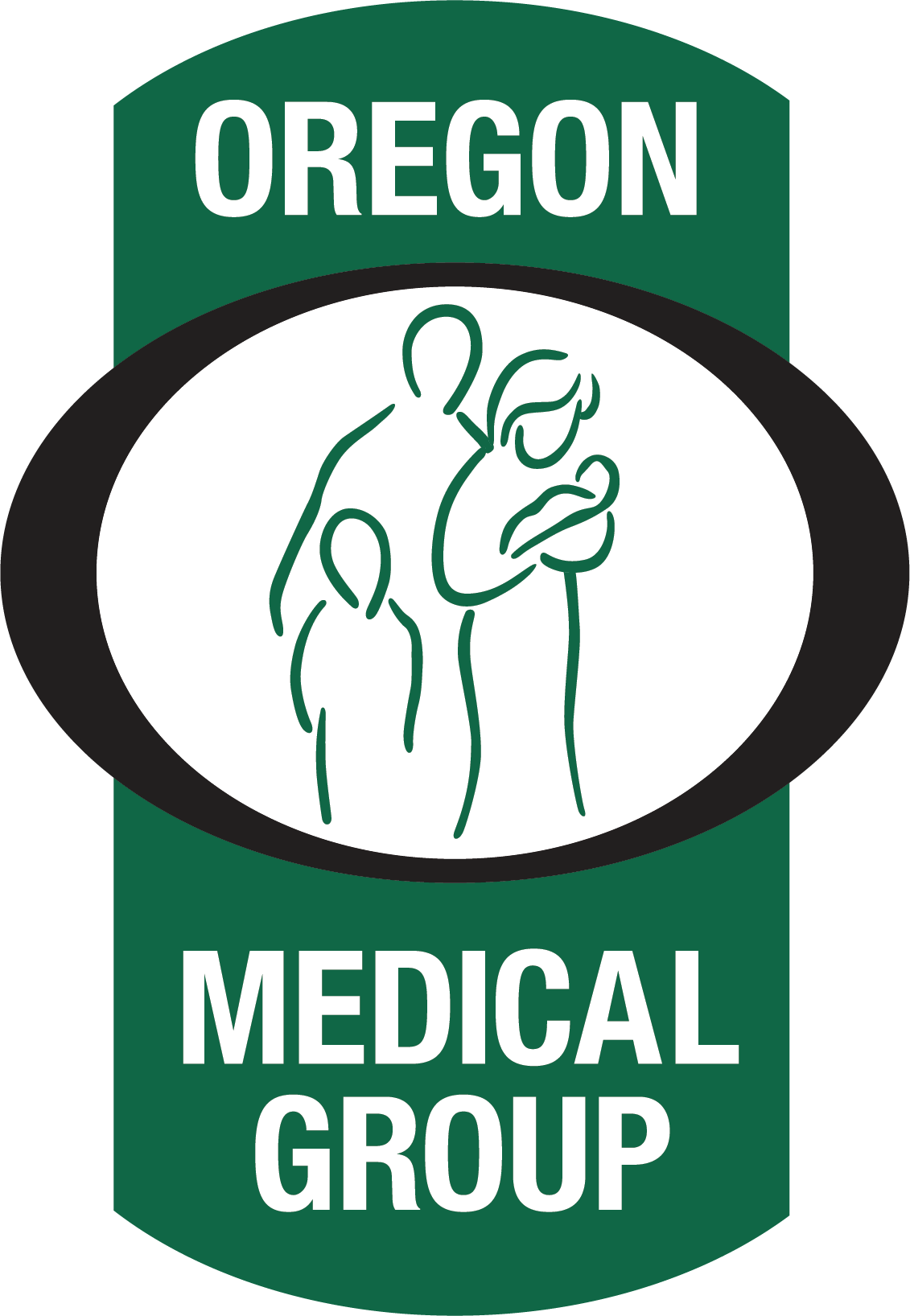Keep Cool and Know the Signs of Heat-Related Illness
It’s been a beautiful summer afternoon, but a companion is complaining of being hot and dizzy. Her pulse is not normal, and her skin is cold and clammy. Do these signs point to heat exhaustion or heat stroke? Knowing the signs of both, and what to do, is important for all of us who leave the AC behind – or who are at higher risk.
Here’s a quick reminder of symptoms – and what steps to take if you or a companion is showing signs of overheating:
Heat STROKE: A potentially life-threatening emergency and is the most serious heat-related illness. This occurs when the body becomes unable to control its temperature and the sweating mechanism fails. This type of illness can cause death or permanent disability if emergency treatment is not provided.
Warning signs: High body temperature (typically 103 degrees or higher); losing consciousness or passing out; dizziness; nausea, confusion, dizziness, or headache; hot, red, dry or damp skin.
What to do: Call 911 immediately; do not give the person anything to drink. Begin cooling immediately. Move to a cooler place and help lower body temperature quickly with a cold water or ice bath if possible. Wet the skin, place wet cloths on skin or soak clothing with cool water.
Heat EXHAUSTION: A milder form of heat-related illness, exhaustion can take place after several days of exposure to high temperatures and an unbalanced or inadequate replenishment of fluids. It is most common for those who are elderly, people with high blood pressure and those who work or exercise in a hot environment. Get medical help right away if the person is throwing up or has symptoms that are getting worse or last more than one hour.
Warning signs: Heavy sweating, cold and clammy skin; nausea or vomiting; fast or weak pulse; dizziness and headache; tiredness or weakness; muscle cramps
What to do: Move to a cool place, sip water, loosen clothes or put cool, wet cloths on the body
Avoid experiencing either of these conditions by staying cool.
Stay in cool (air-conditioned if possible) places. Choose the shade.
Stay hydrated: Increase your fluid intake regardless of activity and don’t wait until you are thirsty to drink. A general rule of thumb is to drink enough non-alcoholic fluids each hour to maintain normal color and output of urine. (Some people may be fluid-restricted because of underlying health disorders. If this is the case, consult with your doctor on the best ways to stay hydrated.)
Wear appropriate clothing: Wear as little clothing as possible and choose lightweight, light colored and loose-fitting garments. A wide-brimmed hat can help protect you from the sun and keep your head cool.
Replace salts and minerals: Heavy sweating depletes your body of salt and minerals, however, do not take salt tablets unless directed by your doctor. Instead, drink fruit juice or a sports beverage when you exercise or work in the heat to replace salts and minerals.
Monitor those at risk: Use a buddy system and know who is more at-risk for heat-related illnesses: Infants and children up to four-years-old; people 65 and older; those who chronic conditions; athletes; outdoor workers. Those who are low-income are disproportionately affected.
For more information, including a helpful comparison chart, visit the CDC here: https://www.cdc.gov/disasters/extremeheat/warning.html

